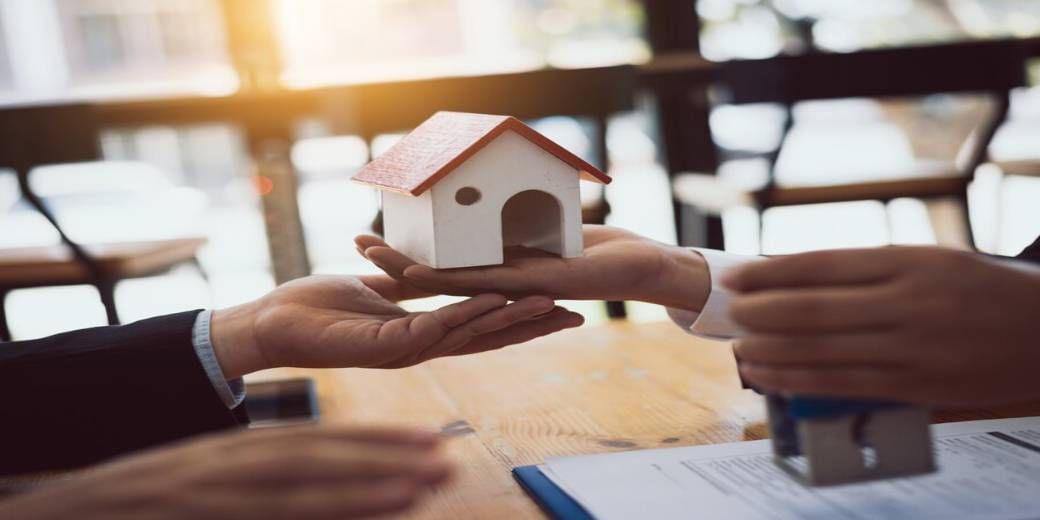How can you file HRA if your landlord does not have a PAN card?
All you want to know about in what circumstances you can file HRA claim and in what circumstanes you can't

Lakhs of employed people who leave their homes and live on rent in other cities for jobs, can claim tax exemption on the money paid on rent under the Income Tax Act, but with some conditions. When you claim HRA, at many instances the landlord does not have a PAN, and sometimes even after owning one, he refuses to give the PAN number. Can HRA be claimed even if the landlord does not have a PAN card?
The condition for claiming House Rent Allowance i.e. HRA is that you should get HRA from the employer i.e. your company. Meaning HRA should be a part of your salary. Apart from this, the house you are living in should be on rent and Not your own.
The calculation of HRA exemption depends on three things:
1) Actual amount received as HRA
2) 50% of Basic Salary+DA in metro cities and 40% of Basic+DA in non-metro cities
3) The amount that comes after deducting 10% of Basic Salary + DA from the actual amount of rent
Tax exemption will be given on the amount which is least among these three. HRA amount is deducted from the income from salary… This way it helps in saving tax.
For tax exemption on HRA, you have to give the rent receipt and rent agreement to your company. If the annual rent is more than Rs 1 lakh i.e. Rs 8,333 per month, then, according to the Central Board of Direct Taxes, it is mandatory for the employee to give the PAN number of the landlord. Even if the landlord does not have PAN, the employee can claim HRA.
In such a situation, the employee has two options. First, he has to submit a declaration to the company… This declaration will be done on behalf of the landlord. In this, the name, age, and other details of the landlord have to be given. Also, the landlord declares that he does not have a PAN card, after which the company accepts it.
There are also chances that the company may not accept the declaration. In such a situation, the employee can claim HRA while filing the Income Tax Return (ITR). However, in this case the employee may receive a scrutiny notice. This is because there will be a difference between the income reported by the company in Form-26AS and the income shown in the ITR by the employee. The Income Tax Department may ask about this difference. The employee at that time Must have rent receipt and rent agreement along with landlord’s declaration.
Many times landlords refuse to give PAN number or insist on taking rent in cash. In this case registered rent agreement can help. Registration of rent agreement requires name of landlord and tenant, address, period of agreement, amount of rent, ID proof including PAN card. As soon as the rent agreement is used to claim the HRA, the information about the landlord’s PAN will reach the Income Tax Department. Apart from this, the employee should pay the rent by cheque, net banking or UPI instead of cash.
Rent agreement and rent receipt are necessary to claim HRA. Proper rent agreement and payment through banking channel will facilitate the employee to claim HRA. Also, this income from rent will be reflected in the Annual Information Statement (AIS) of the landlord. In this case, the landlord will have to pay tax. Otherwise it can be considered as tax evasion.
If you also want to claim HRA, then keep a few things in mind. Keep a valid rent agreement. Take the rent receipt from the landlord every month. If the monthly rent is up to Rs 3,000, then the receipt is not required. If the rent is in cash and is more than 5,000 then revenue stamp is necessary. Pay the rent by cheque or online instead of cash. If the annual rent is more than one lakh, apart from the rent receipt, talk to the landlord about PAN or declaration. Claim HRA only as much as you pay the rent as more tax exemption can invite notice.